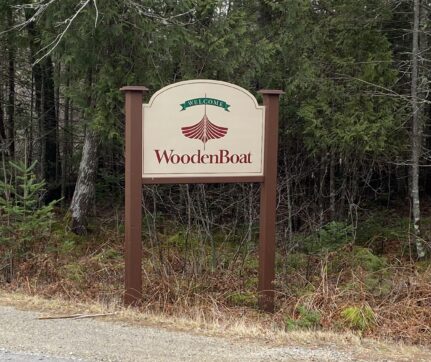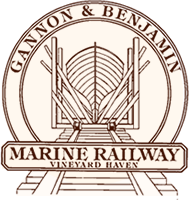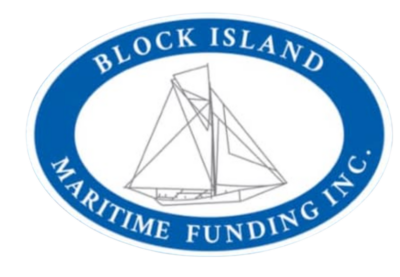By Jesse Terry, CYOA Secretary and Owner of Abigail
Enclosed is the third and final part in an interview series developed from a wooden boat pilgrimage to Maine this past December. I met with three of the most influential members of the wooden boat community. Jon Wilson (founder of WoodenBoat Magazine), Maynard Bray (author, photographer, historian, technical editor for WB for 40+yrs, etc) and Steve White (owner of Brooklin Boat Yard and co-founder of the Eggemoggin Reach Regatta) have shaped the past several decades and developed the foundation for the future of wooden boat ownership. The following discussion took place.
Can you talk a bit about how the wooden boat community developed to present day?
JW: I was in Branford, CT, (Dutch Wharf Boat Yard) in the 1960s and fiberglass boats had taken over Southern Connecticut. I did not feel the same way towards fiberglass. I thought if only people knew about wooden boats that they would come to love them. I wanted to share their secrets and the genius of their design. I would not let wooden boats disappear without a fight. I did not know enough to not try to save them (and start WoodenBoat magazine). I wanted to make wooden boats accessible. My first issue was dealing with rot. I wanted to focus on how to build boats well enough to void this and to simply tell the truth.
MB: We continue to need to spread the enthusiasm and expose the passion to people. Wooden boats and the aesthetics that go with them are worth saving. The best materials are much harder to get nowadays, and you hate to see them wasted when vintage wooden boats are allowed to decay. These needy boats built of wood can provide year-round fulfillment.
SW: The complexity of wooden boats count as well. It is more fun and satisfying to build and work on wooden boats than boats of steel or fiberglass for both the owners and workers.
JW: I was a college dropout working on boats and living the Maine experience. I did not like the shift to fiberglass so I tried to figure out how a magazine might help save wooden boats. Maynard introduced me to Joel White, along with Jimmy Steele (Brooklin peapod builder), who was passionate about wooden boats. Together, all three of us tried to save something or learn how to save it. Maine was able to hold on to the tradition longer because of the number of craftsmen and maybe fewer distractions.
How do we keep it going?
MB: Beat the drum!
JW: We must convey how cool it is to be aboard a wooden boat and sail it. We need to offer people the sound and the feel of it. Maybe we need more wooden boat festivals. I also think the future of wooden boats is cold-molded due to cost and time that a traditional plank-on-frame boat requires. Steve recognized the importance of cold-molded construction and was ahead of it.
MB: We need to prioritize repair over replacement and simplicity over complexity. And make the process fun.
SW: There is no need for deadlines. Just keep it going. Learn how to take care of the boat and make the process enjoyable.
JW: Wood is the focus. There are no limits on design. The material is so fascinating and at the same time a renewable resource.
SW: The strength that wood has is amazing. I appreciated the WB issue with the article on a wooden hydroplane that went 185 mph.
JW: There is also the feeling of resourcefulness and the related skills. We need to encourage resourcefulness.
MB: Yes, using ingenuity to fix something. There is no feeling like it. The accomplishment of putting ourselves on the line and learning from our mistakes again and again.
SW: Also, the need to slow down. Time is most valuable to us. Wooden boats help us appreciate it.
Author’s note: One might believe there is a symbiotic relationship between WoodenBoat magazine, the number of wooden boats in Maine, the number of craftsmen in Maine, and the photogenic cruising ground in Maine. Could the magazine with 100k subscribers at its peak have succeeded in any other place? I think it is doubtful. I would suggest that the success correlated to the location in Brooklin Maine, a town of 800 residents and eight boatyards (and 100+ wooden boats that gather for the Eggemoggin Reach Regatta). Jon Wilson bootstrapped the start of the magazine through the sale of his Alden ketch for the initial funds. Joel White connected with Maynard Bray to provide the technical powerhouse. The WB campus became available. These three individuals all lived in a town of 800 residents, where only the summer population changes. Upon reflection, they talk about love for each other, a happy and inspirational era. I am not sure it could have happened in any other place.










